

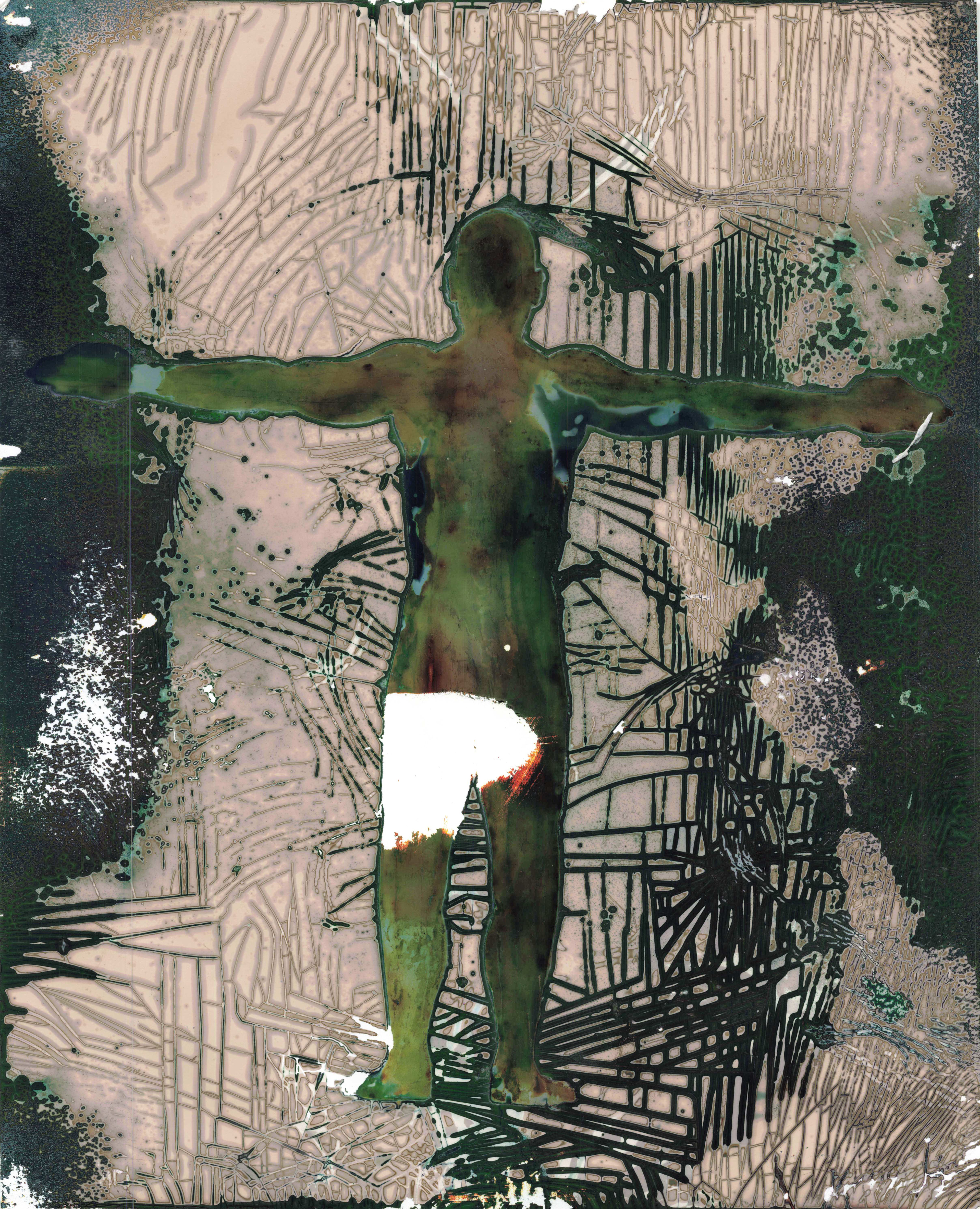
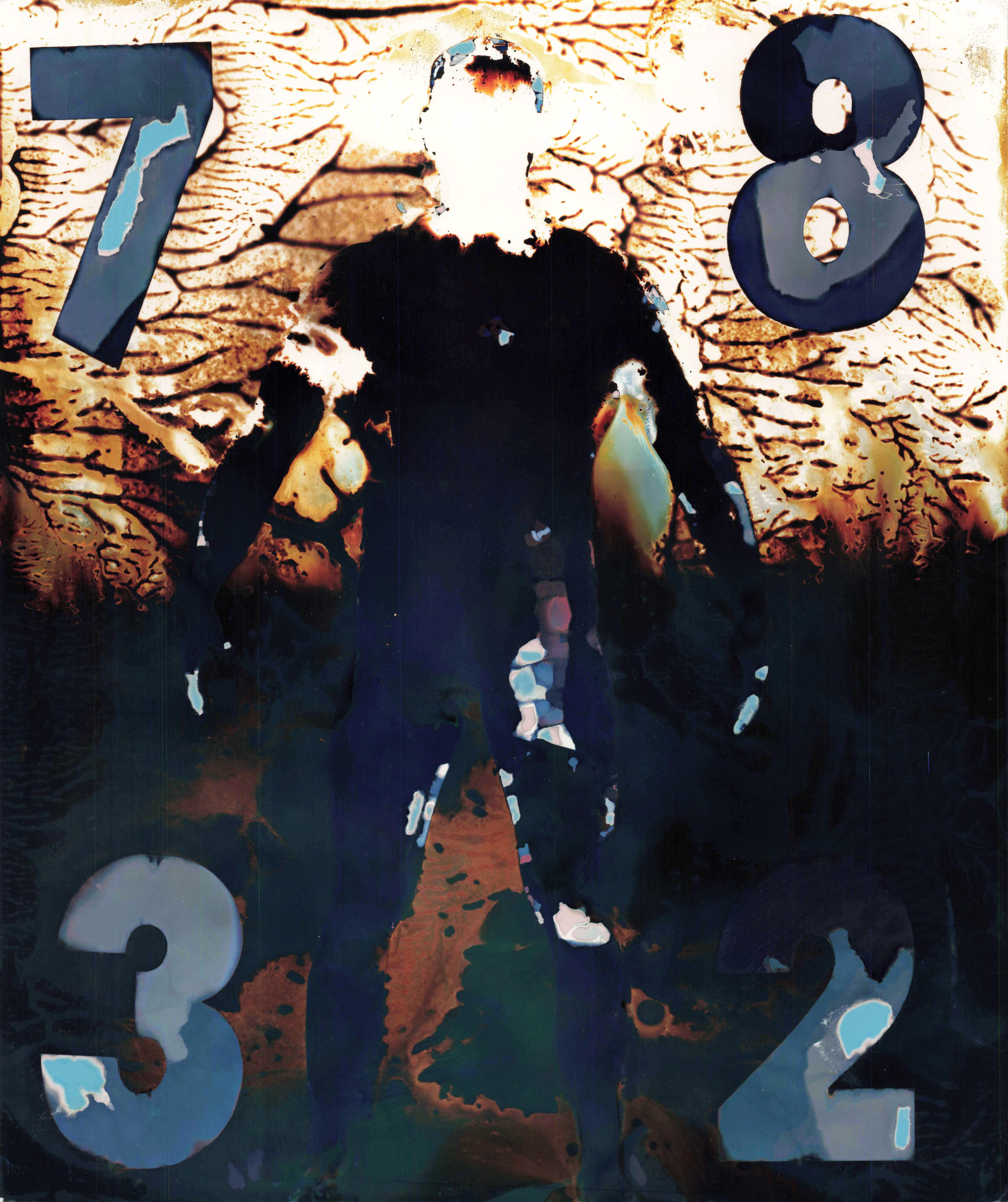



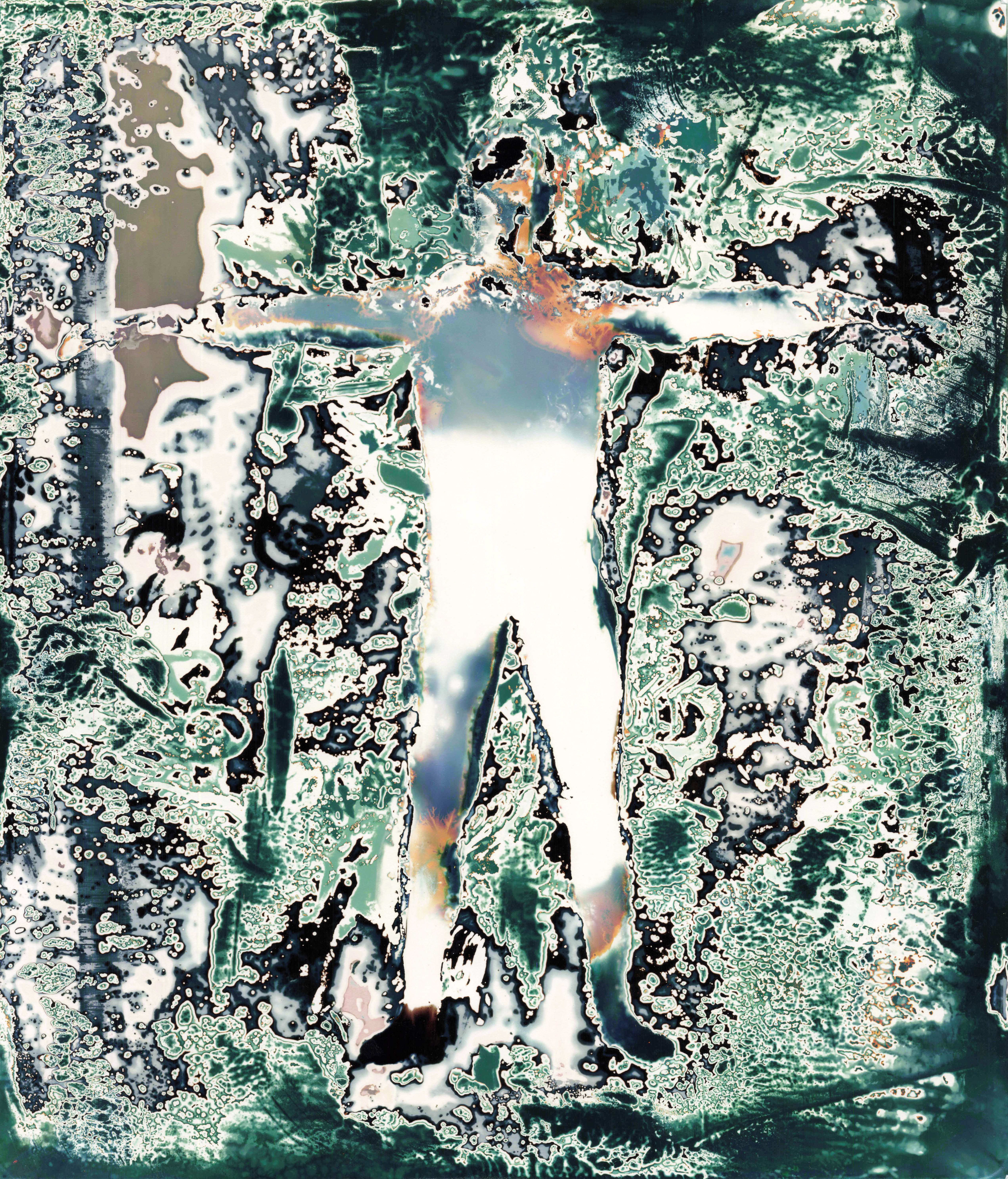








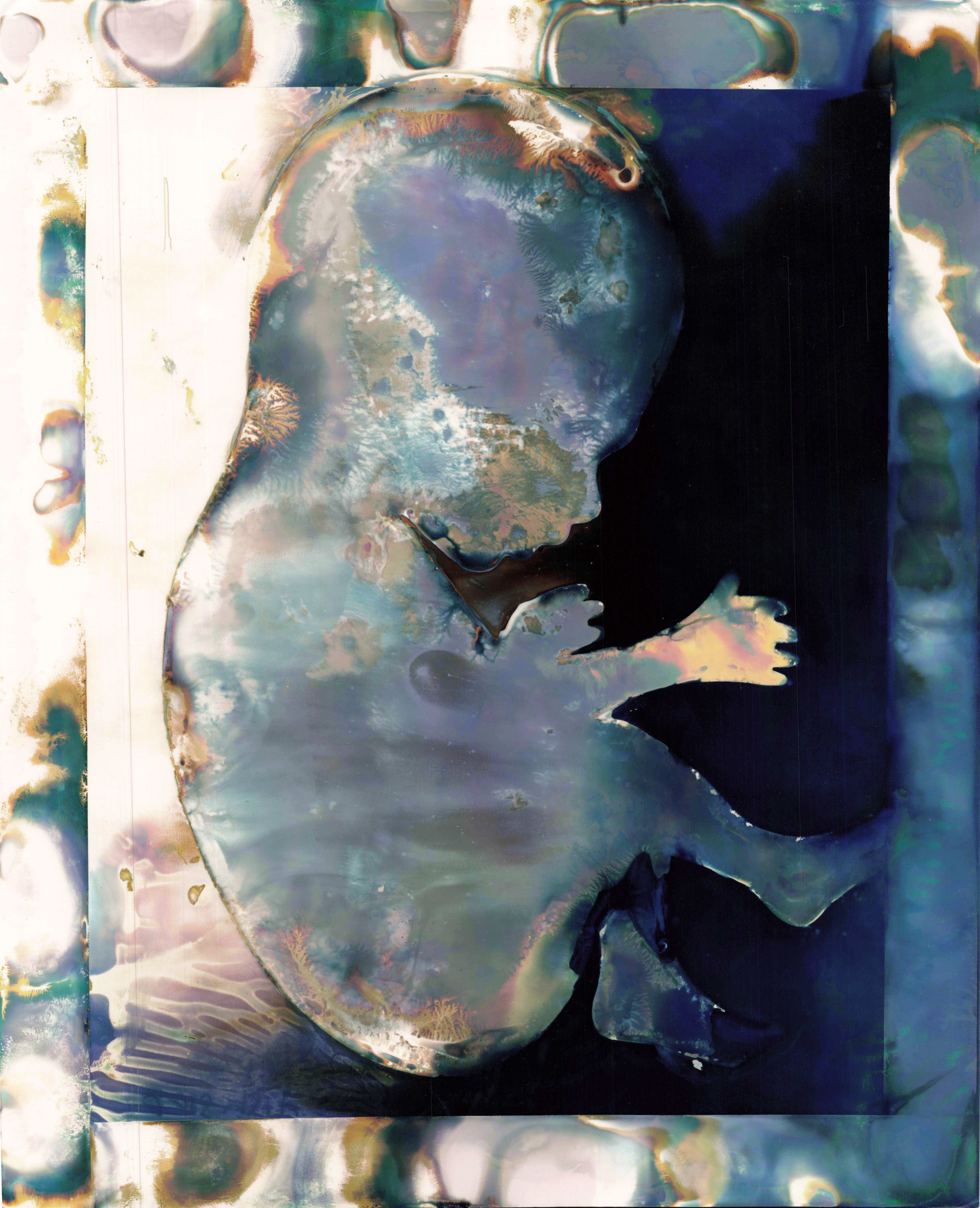
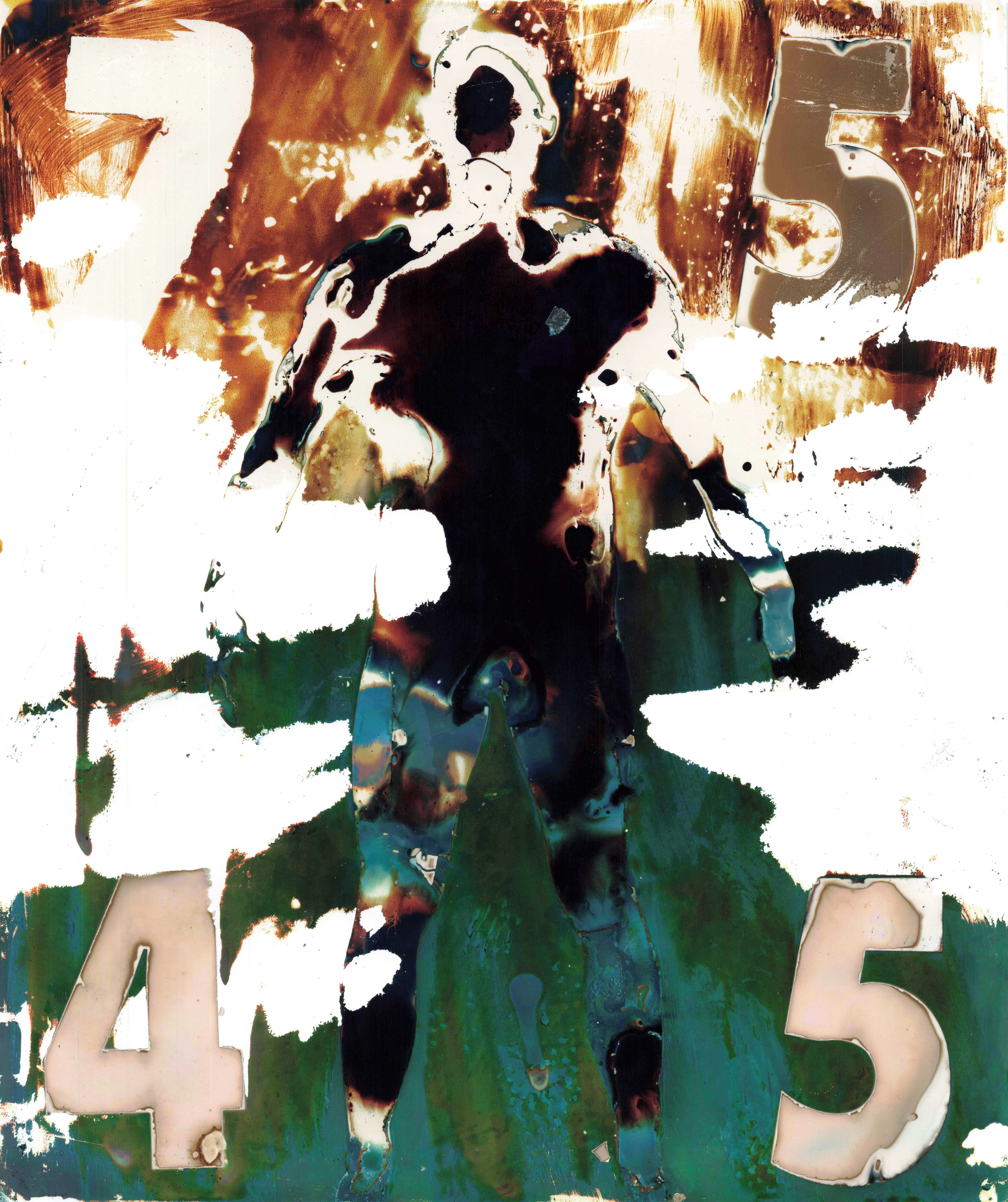
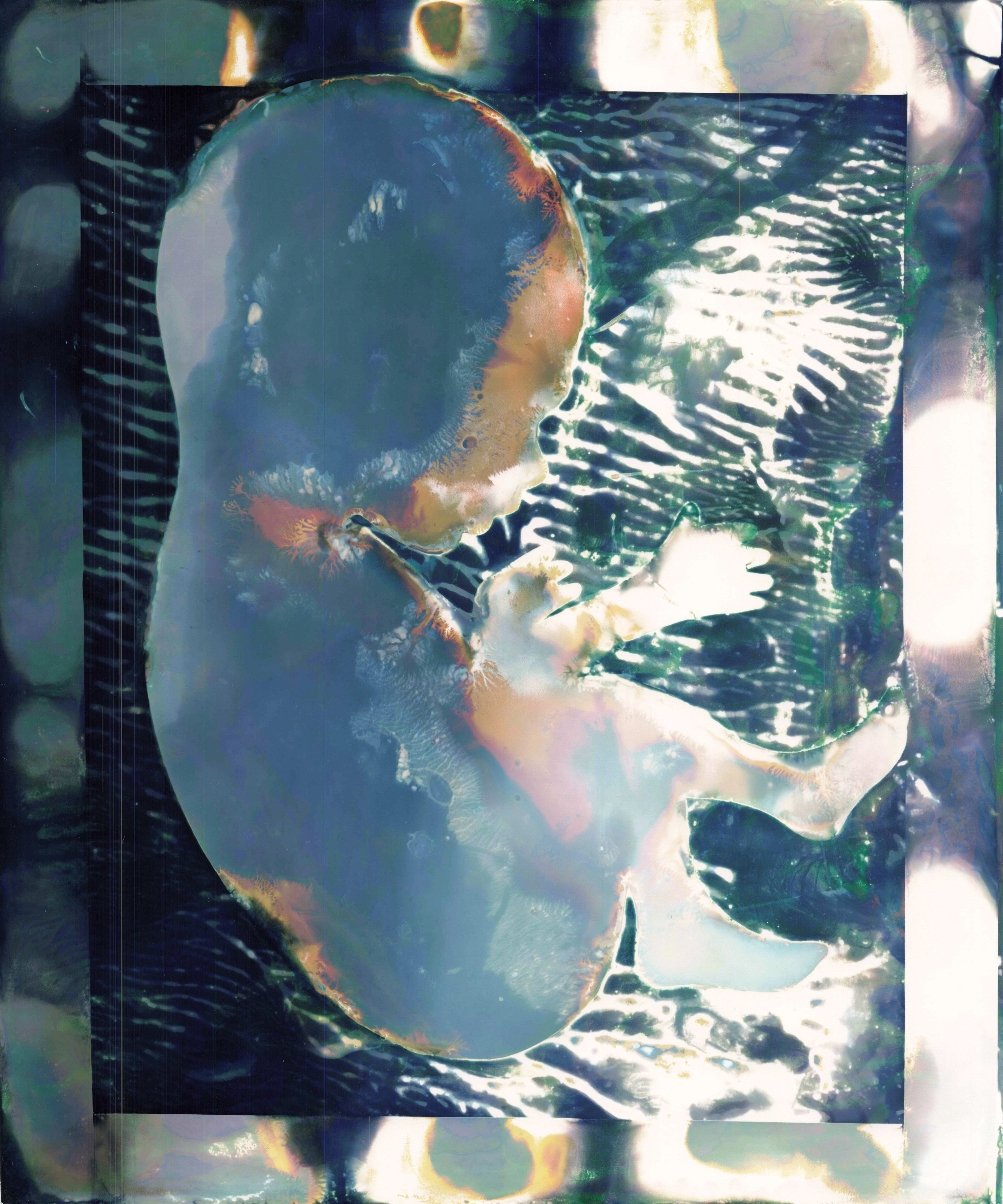
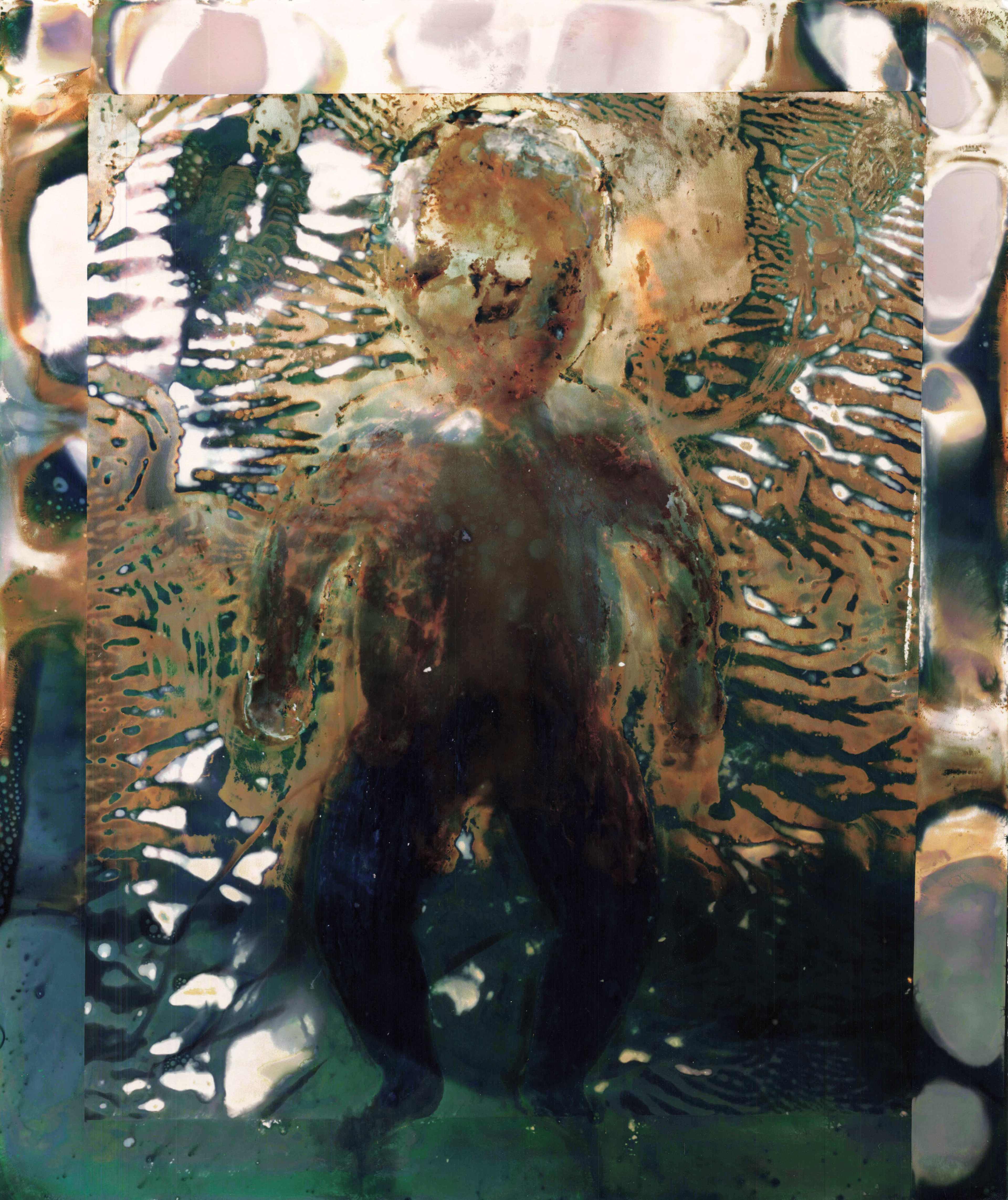

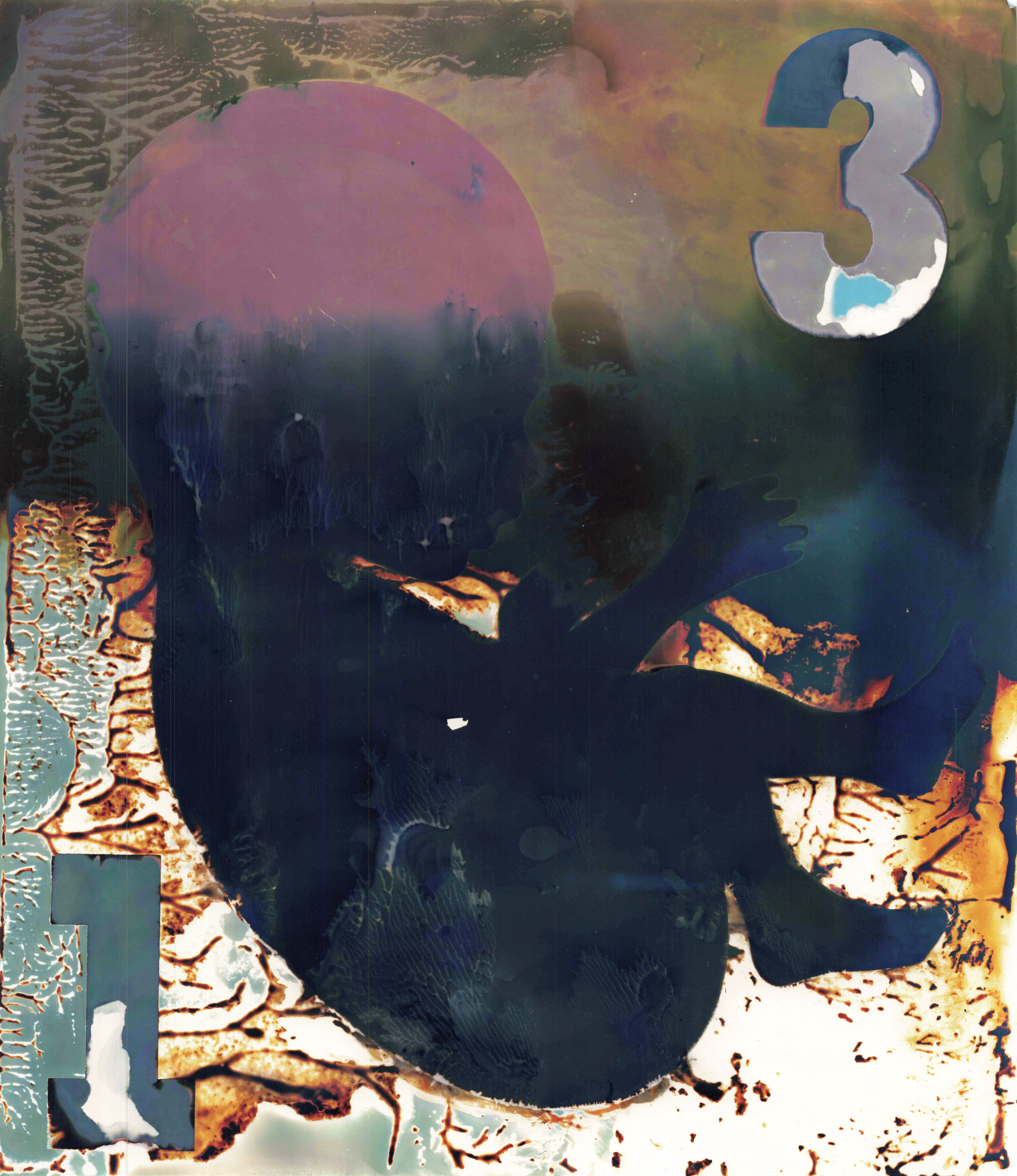






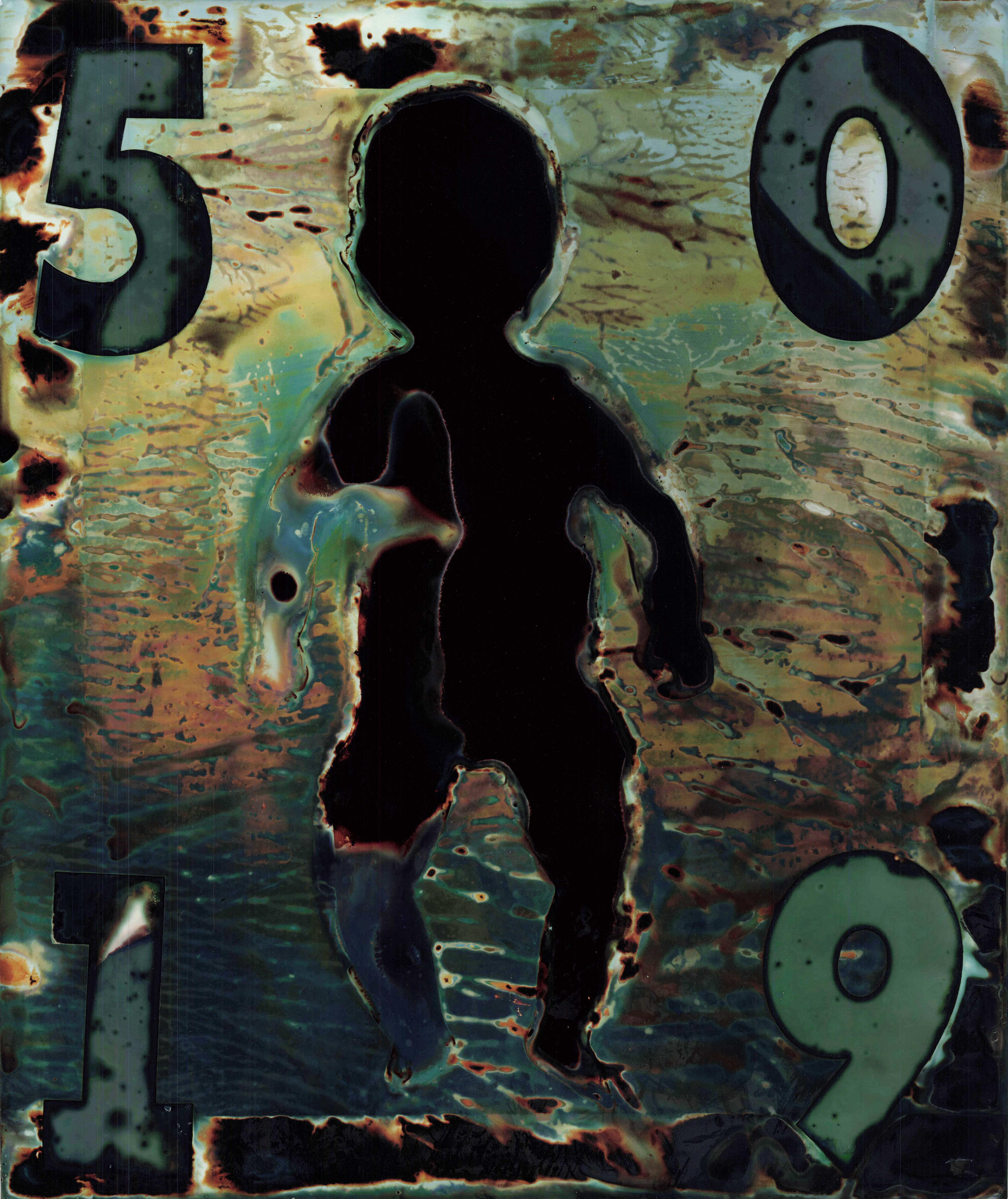
This project is an exploration of the profound impact of COVID-19, offering an examination of a crisis that has fundamentally reshaped our world. It undertakes the ambitious task of bearing witness to the human toll exacted by the pandemic. At its core, this undertaking spotlights the pandemic's unequal effects on various racial and socioeconomic demographics, with a primary focus on racial disparities among Hispanics, American Indians, and Alaska Natives. COVID-19 is not just a health crisis; it is a stark reflection of the systemic inequalities ingrained in societies worldwide. As we delve into this project, we peel back the layers of disparities laid bare by the pandemic. In particular, I explore the profound impact of COVID-19, offering an examination of a crisis that has fundamentally reshaped our world. It undertakes the ambitious task of bearing witness to the human toll exacted by the pandemic, with a specific emphasis on the diverse lives lost. I am committed to spotlighting the pandemic's unequal effects on various racial and socioeconomic demographics, with a primary focus on racial disparities among Hispanics, American Indians, and Alaska Natives, I intensely focus on its disproportionate impact on communities based on race and socioeconomic status, with a special emphasis on the challenges faced by Hispanics, American Indians, and Alaska Natives. The pandemic has been an unforgiving spotlight, exposing and amplifying pre-existing inequalities. According to the latest data from the Centers for Disease Control and Prevention (CDC), Hispanics are nearly three times more likely to be hospitalized due to COVID-19 and 2.3 times more likely to die from the virus compared to their white counterparts. Similarly, American Indians and Alaska Natives face a hospitalization rate 3.7 times higher and a mortality rate 2.4 times higher than that of non-Hispanic whites. In this continuing project, I explore the stories and experiences behind these alarming statistics. I hope to give a voice to those affected by the pandemic, while delving into the economic disparities, limited access to healthcare, and housing challenges that have made these communities more vulnerable to the virus.




























